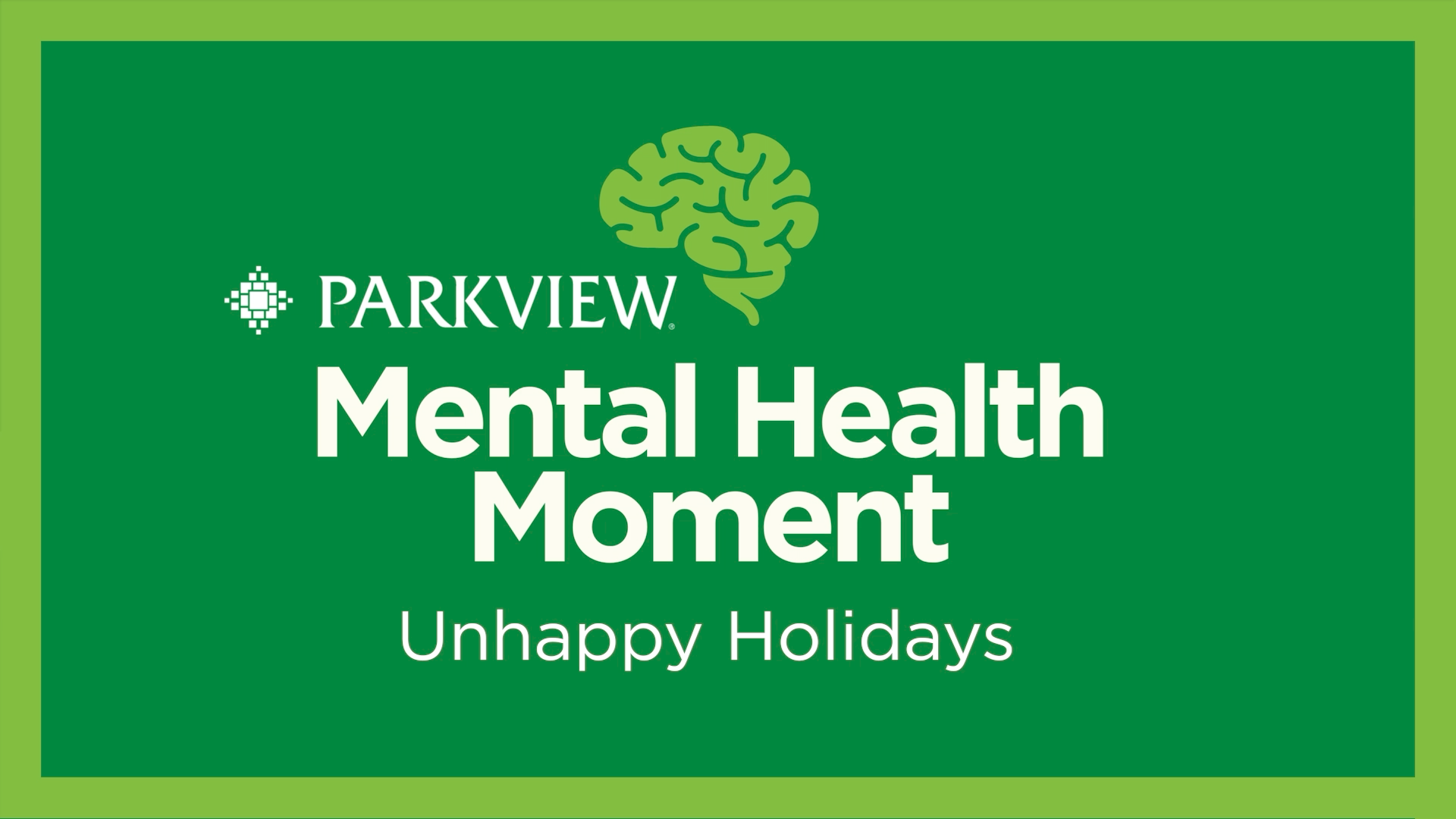
This post was written by Jeri Forrest, MSSA, LCSW, specialist, Parkview Employee Assistance.
Stress is a physical and emotional response to pressure. It’s how we prepare ourselves to address challenging situations and protect ourselves from possible harm.
The good and the bad sides of stress
Contrary to the feelings and sensations most associate with the word, stress isn’t always bad. It can be a sign that we are committed to and care about our performance or an outcome. It can be a motivator, giving us extra energy and focus. However, depending on the amount and how we manage stress, it can potentially lead to further issues.
It’s important to be in tune with yourself to recognize when you need to adjust or address stress. Common signs of stress can include:
- Low energy
- Grinding teeth
- Headaches
- Digestive issues
- Muscle tension
- Racing heart
- A change in how you care for yourself
- Sleep issues
Addressing the effects of stress
How we respond to stress impacts our well-being. Depending on what is contributing to the stress and the level at which we’re experiencing it, we may want to alter something we are doing, change directions or make a decision so we have a clear path forward.
Here are three buckets of strategies that can offer some relief in navigating the anxious seas of stress. Be realistic when considering how much energy you have to devote to a particular coping strategy. The last thing you want is to choose a method that generates more stress!
Fill your cup
Part of being kind to yourself is asking if you need something that releases energy or something that is more passive, soothing or calming. Are you having a “thrive” sort of day or a “survive” kind of day? Depending on how you’re feeling, some coping strategies might include:
- Connecting with others – talking to a friend or family member, volunteering (if that wouldn’t feel draining)
- Moving your body – walking, swimming, playing pickleball, riding a bike
- Being out in nature – listening to the sounds of nature, watching a sunset, gardening, hiking in the woods, strolling along a beach
- Playing an instrument, singing, listening to music
- Reading, writing, puzzles, listening to a podcast
- Doing something artistic – taking pictures, making videos, sculpting, painting, creating something
- Cleaning, organizing, purging – tidy up your car, desk, a drawer
- Sips of water – Taking sips of water engages your digestive system, which asks your parasympathetic nervous system to calm you down to digest, which can make you feel more relaxed.
- Spending time alone
Come to your senses
Mindfulness meditation is the practice of noticing a feeling or experience and not assigning any meaning to it. You simply acknowledge it. Simply put, mindfulness means “to anchor ourselves in the here and now on purpose, without judgment.”
One way to do this is to notice your thoughts/feelings/experiences, attach them to something such as a cloud, car or boat and watch them go by. To practice some simple guided meditations, click here.
Inhale, exhale
There are a variety of breathing techniques, including diaphragmatic breathing, box breathing and tactical breathing. “Breathwork” or breathing exercises are based on pranayama (management and control of the breath), which is part of the holistic approach of Ayurveda, a system of medicine based on the idea of balance in bodily systems involving diet, herbal treatment and yogic breathing that originated in India. Though breathwork has ancient roots, it has since been popularized and brought into the mainstream by the U.S. military.
Diaphragmatic breathing is my favorite thing to teach others. Using our diaphragm to breathe allows us to take oxygen into our bodies to tell our nervous system to relax. To use your diaphragm, breathe in through your nose and notice how your belly rises. Then, breathe out through your mouth, allowing your belly to fall.
Use these links to practice diaphragmatic and other popular forms of breathwork:
Chronic stress that is not managed can lead to exhaustion, burnout, anxiety and/or depression. In addition to the strategies outlined above, consider:
- Redistributing your responsibilities
- Adjusting your expectation
- Seeking therapy
- Medication management
There are people trained to help you manage feelings of overwhelm. Listen to your mind and body and make adjustments to reduce the harmful effects of carrying too much.
Employee resources to support a healthy workforce
Parkview Employer Solutions partners with area businesses, delivering innovative services to improve the health and well-being of employees including Workplace Wellness, Occupational Health, Employee Assistance Programs, Proactive Injury Care, Employer Clinics, Diabetes Care Direct and more. Contact [email protected] for additional information.
Sources
- Article by Tracy Brower, PhD, MM, MCRw, This is why you should learn to embrace stress (rather than fight it).
- What Is Stress? Your Body's Response to a Situation That Requires Attention or Action.
- How To Meditate
- Why Do Navy Seals Use Box Breathing?



